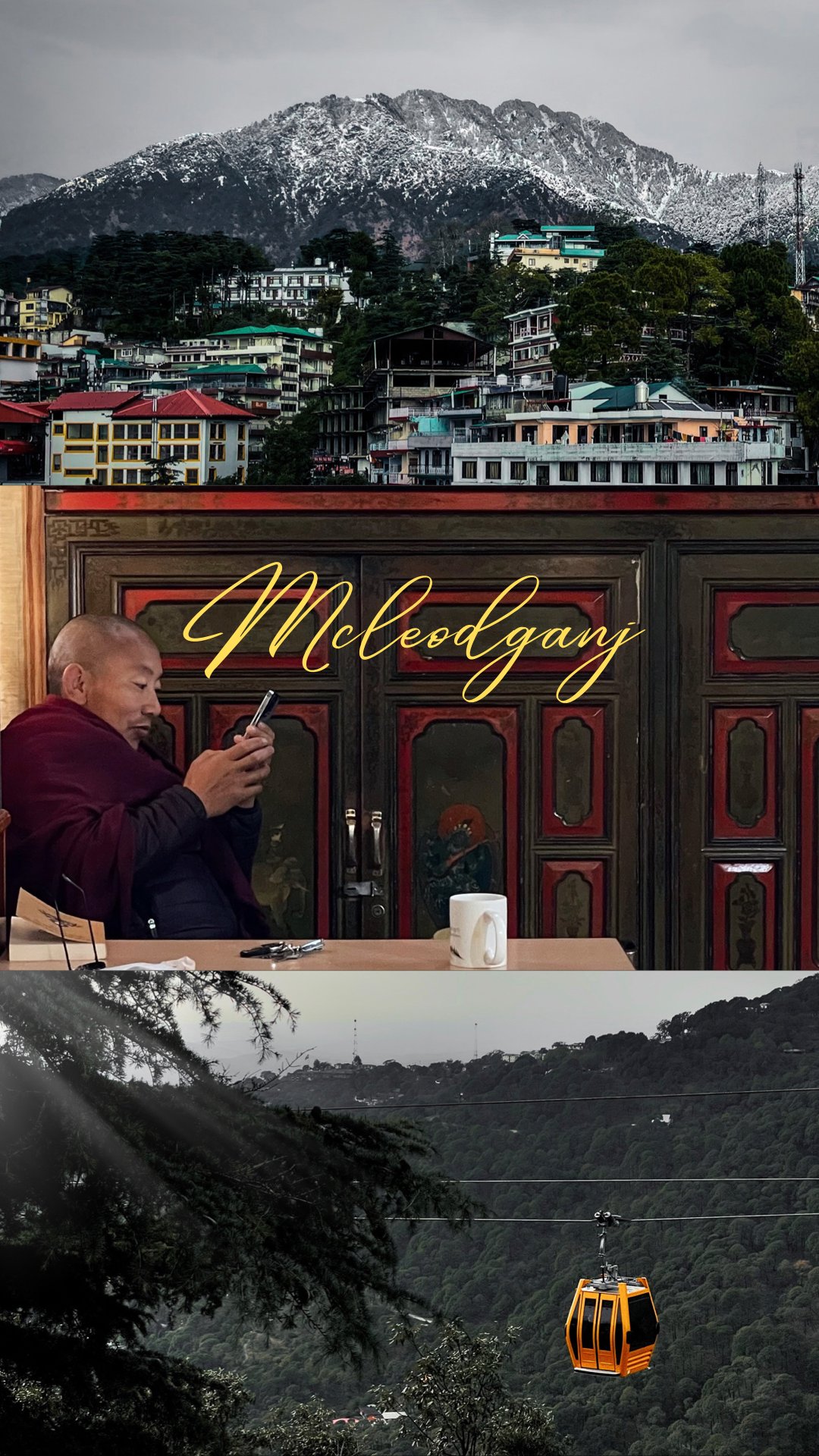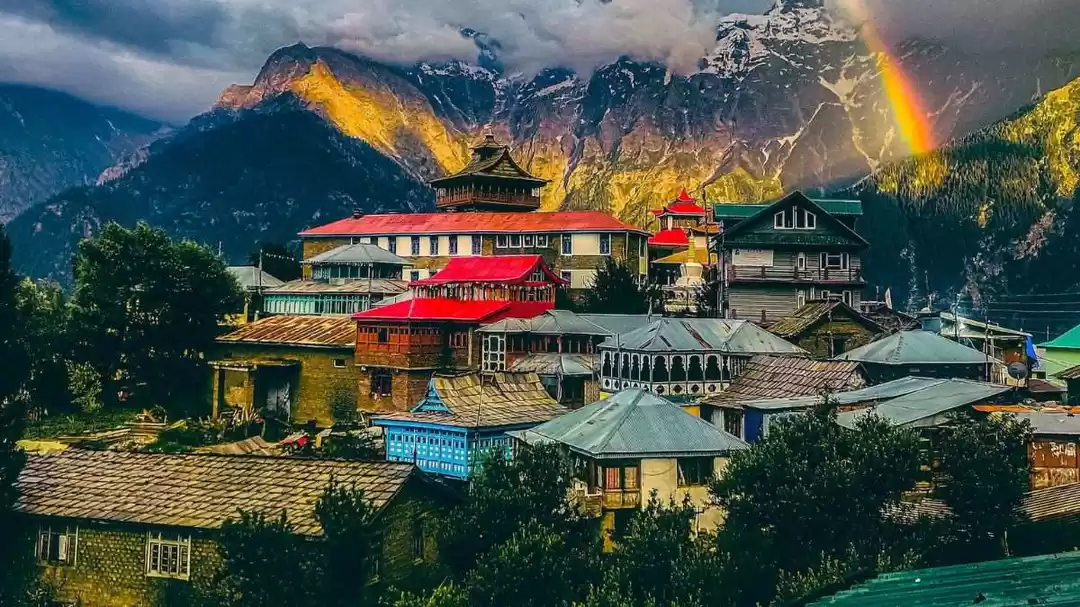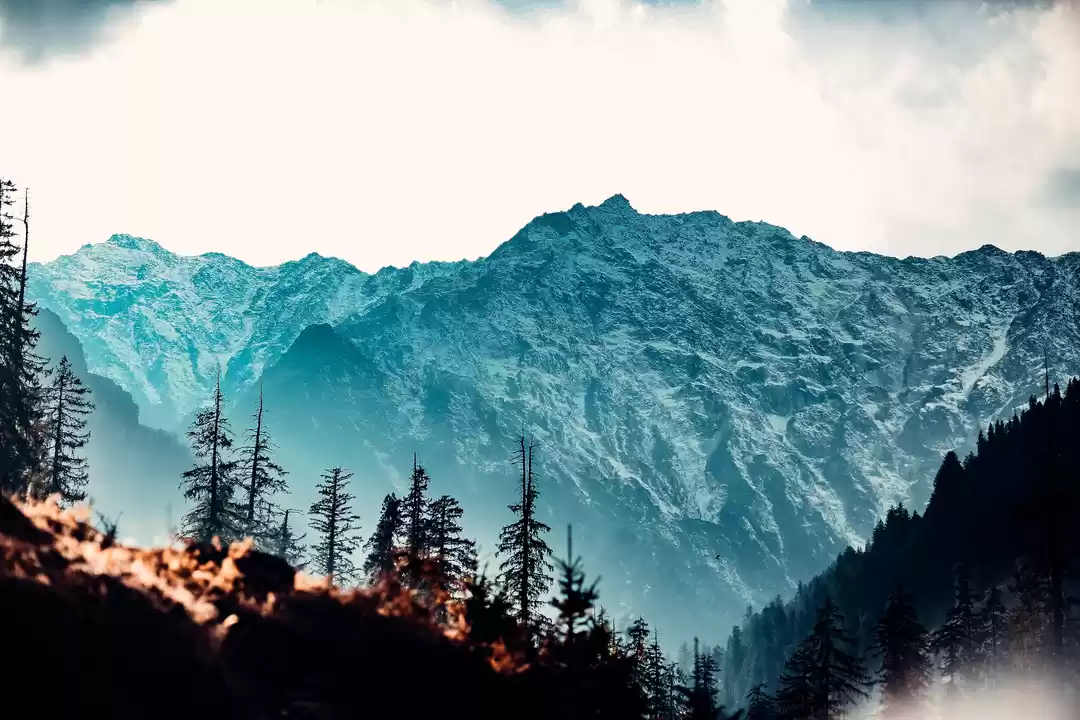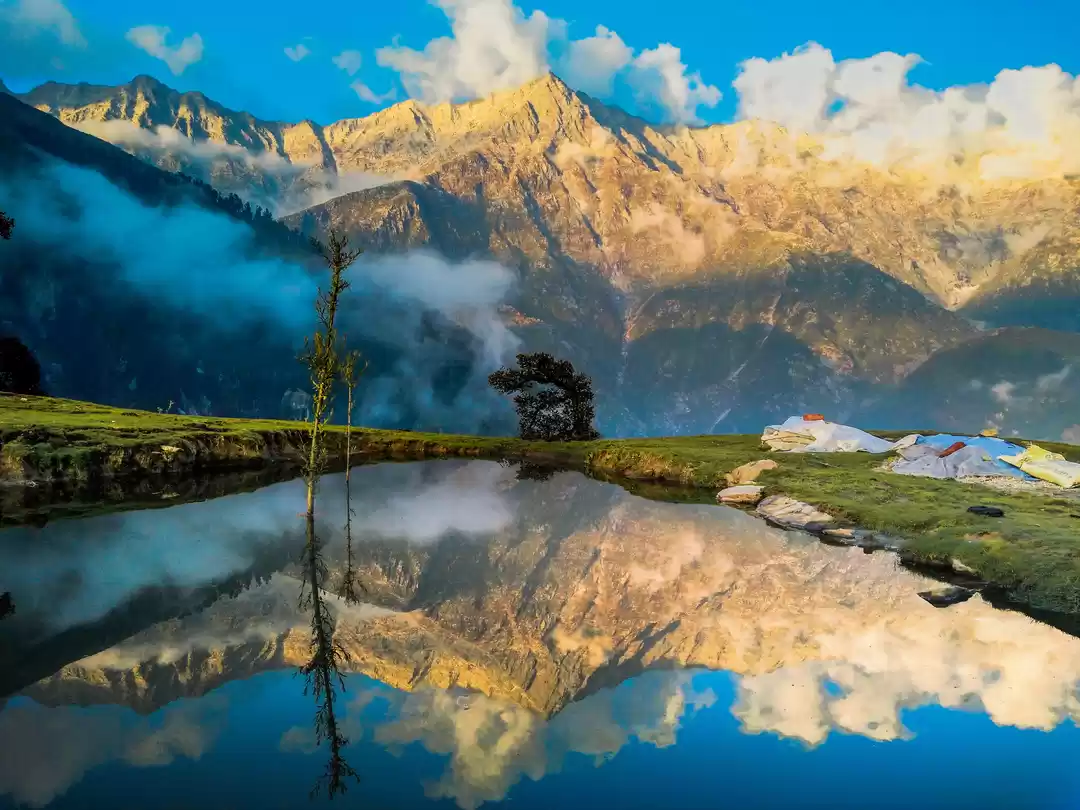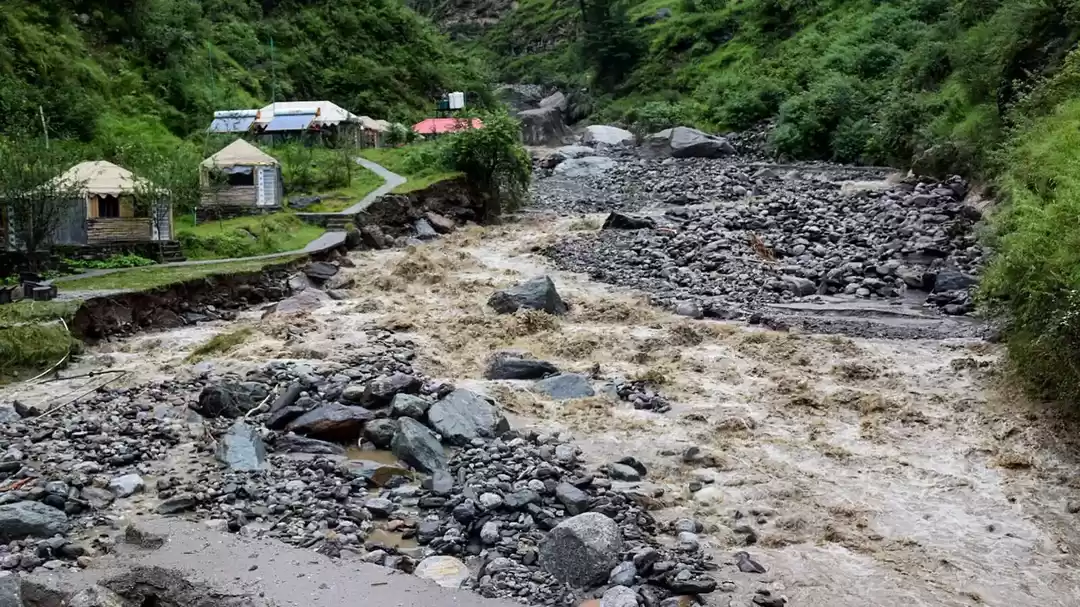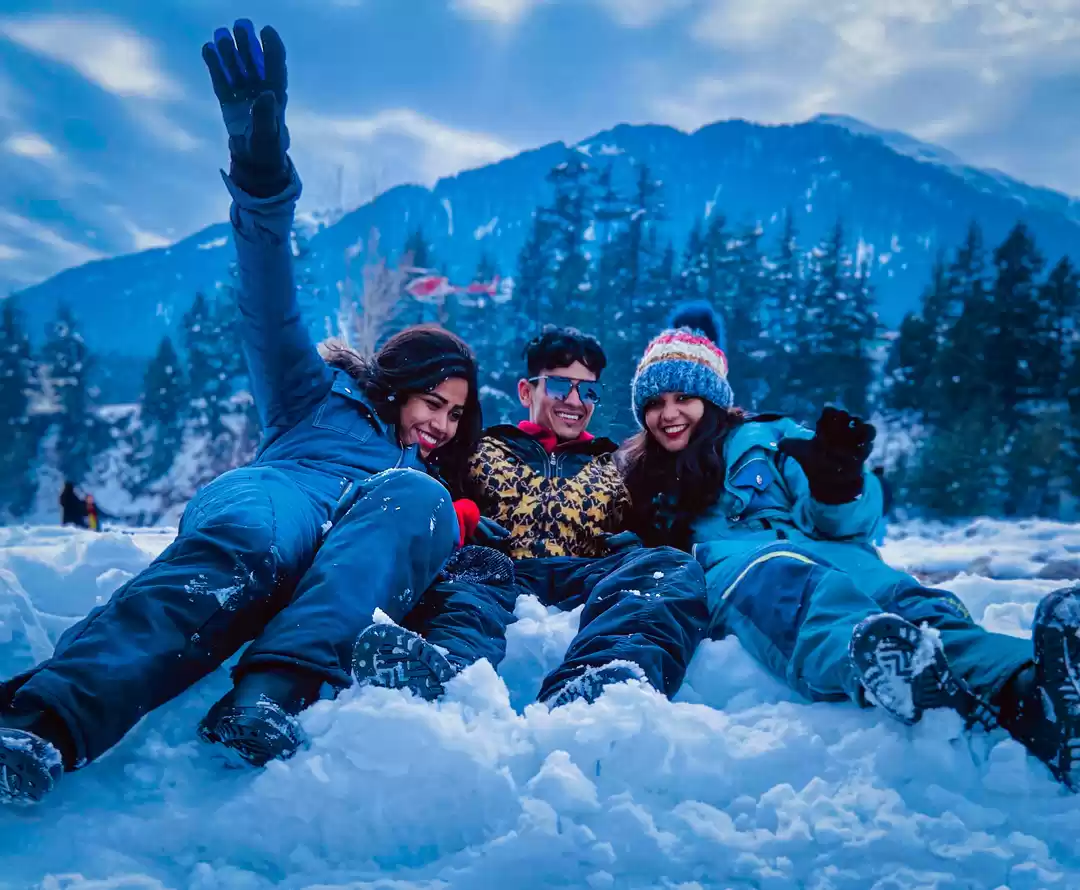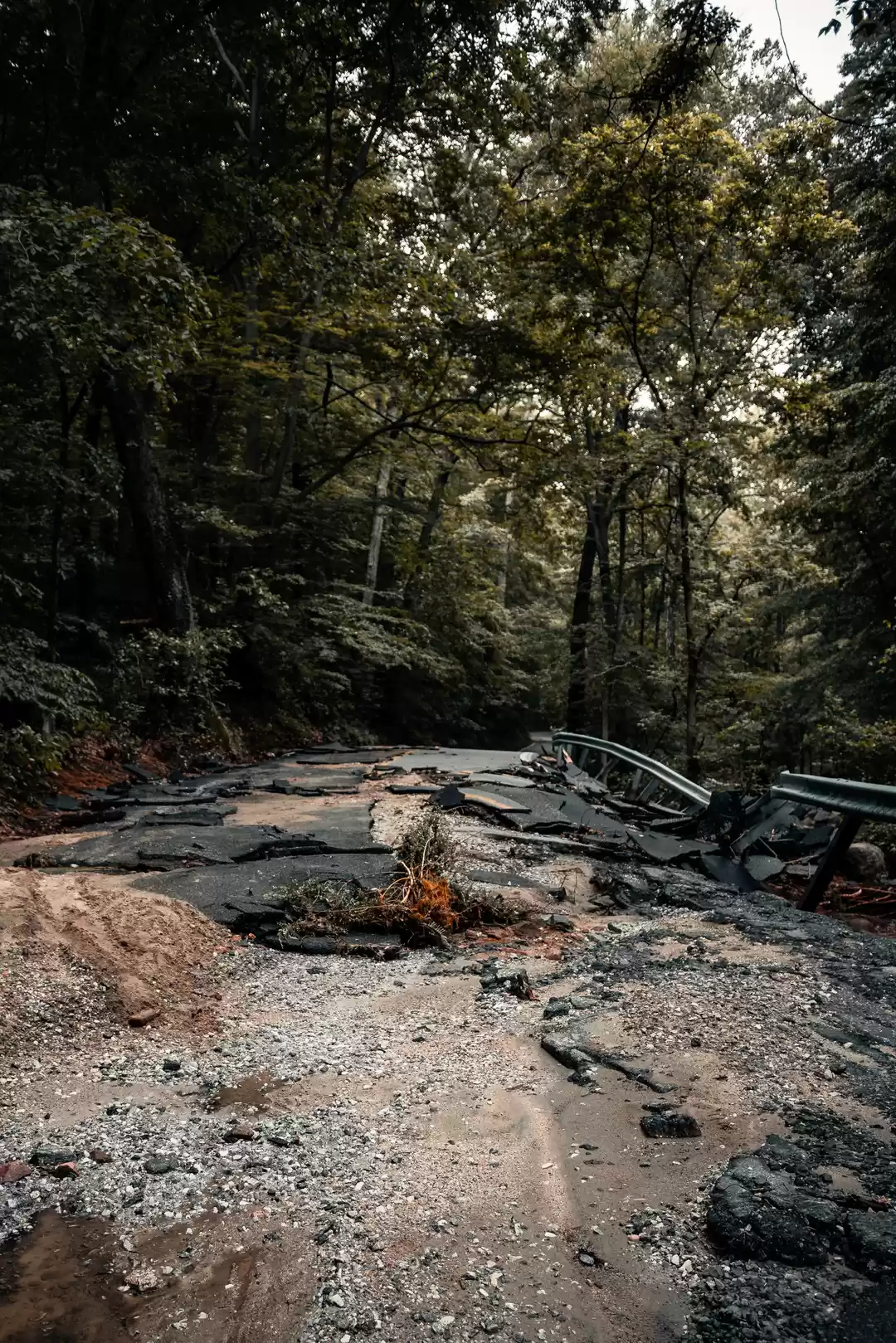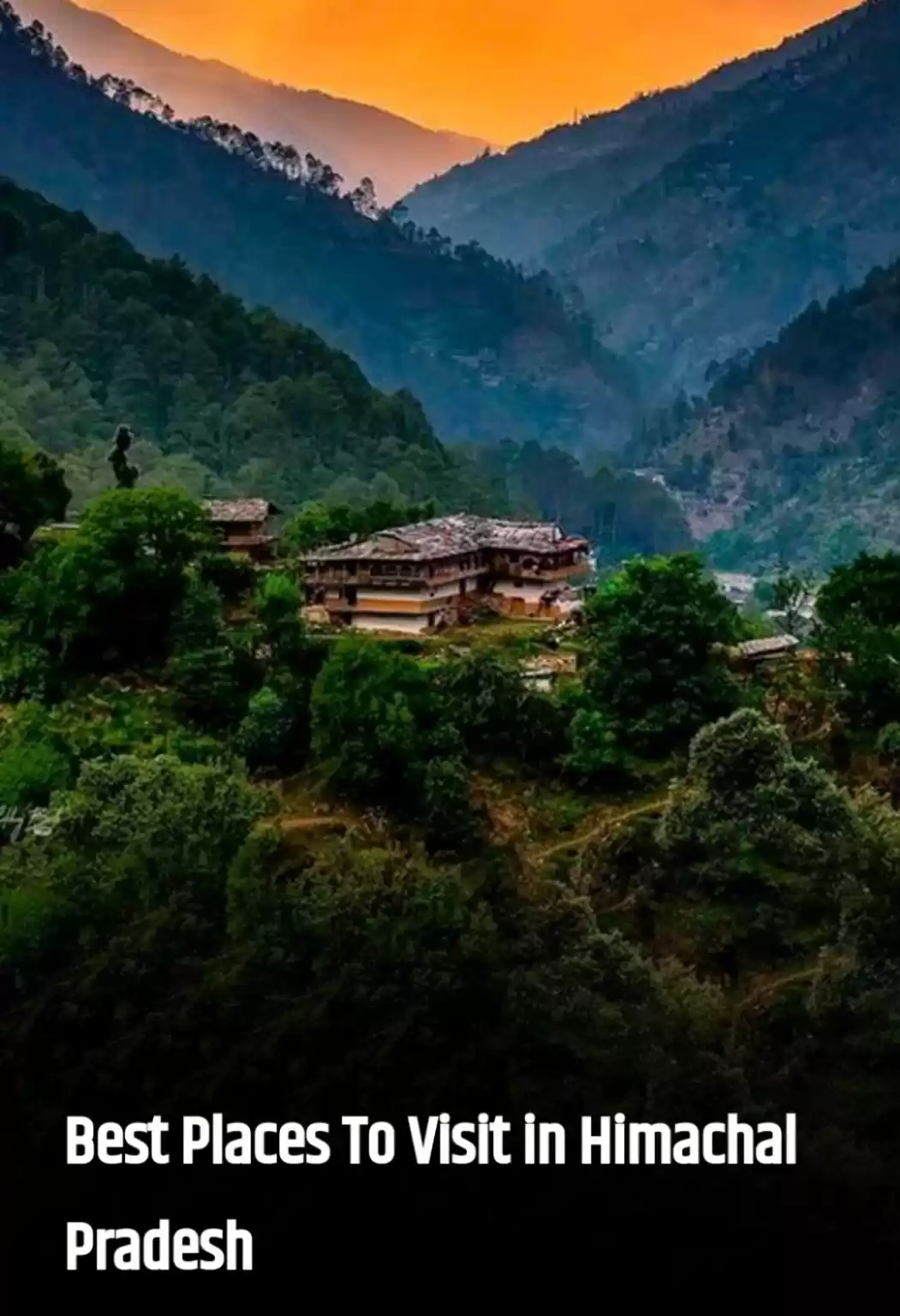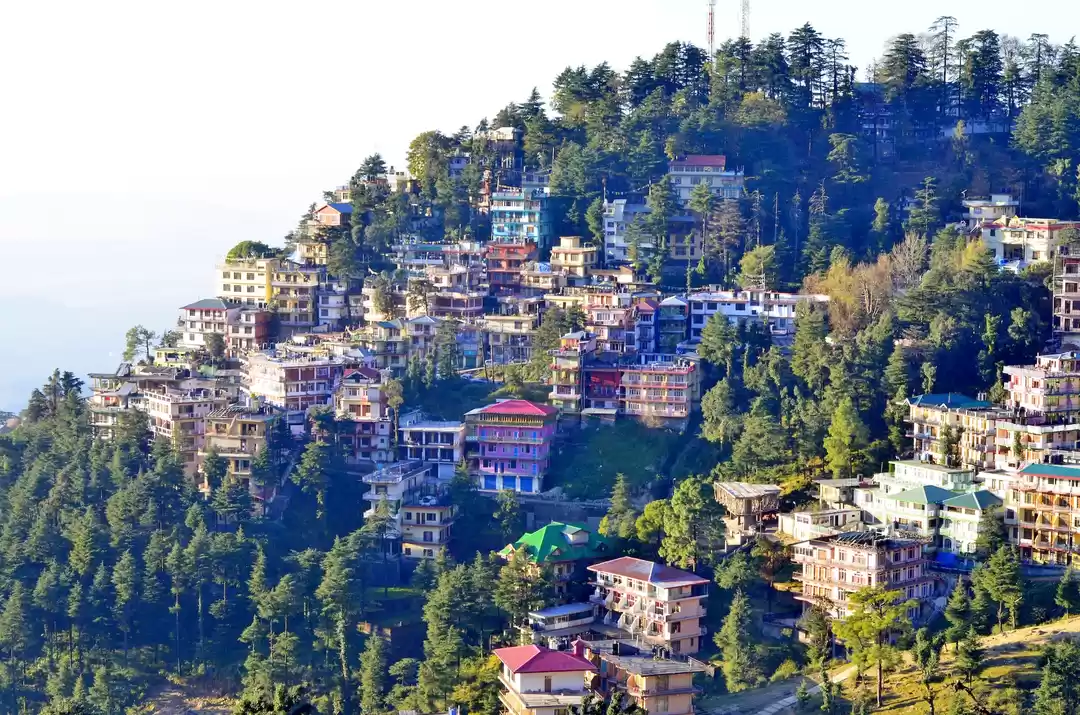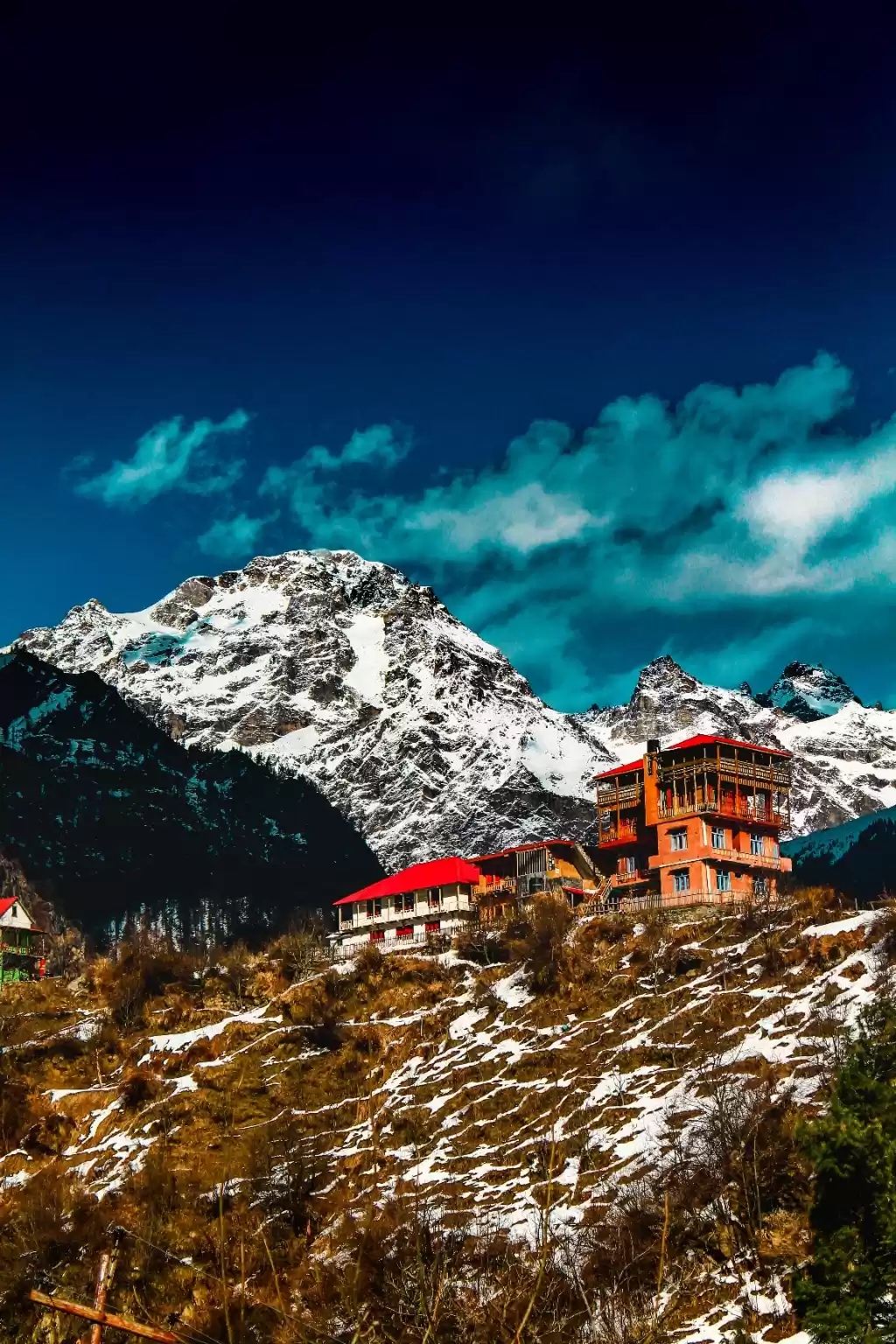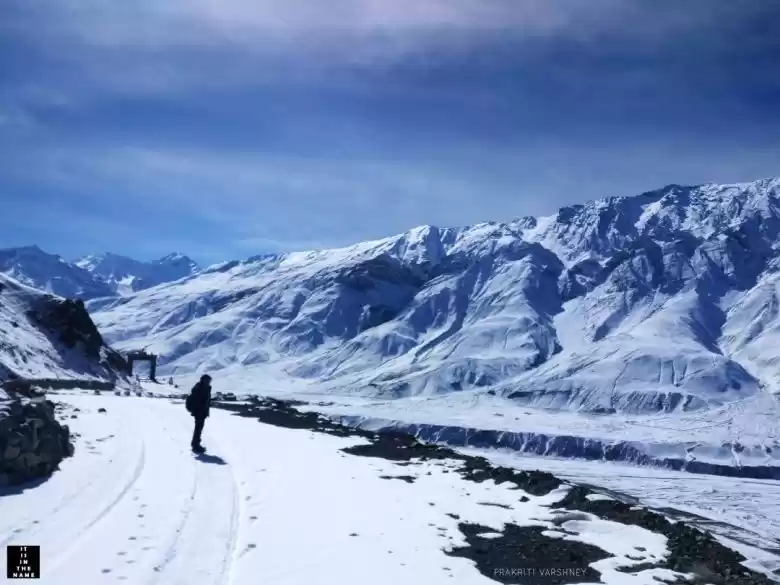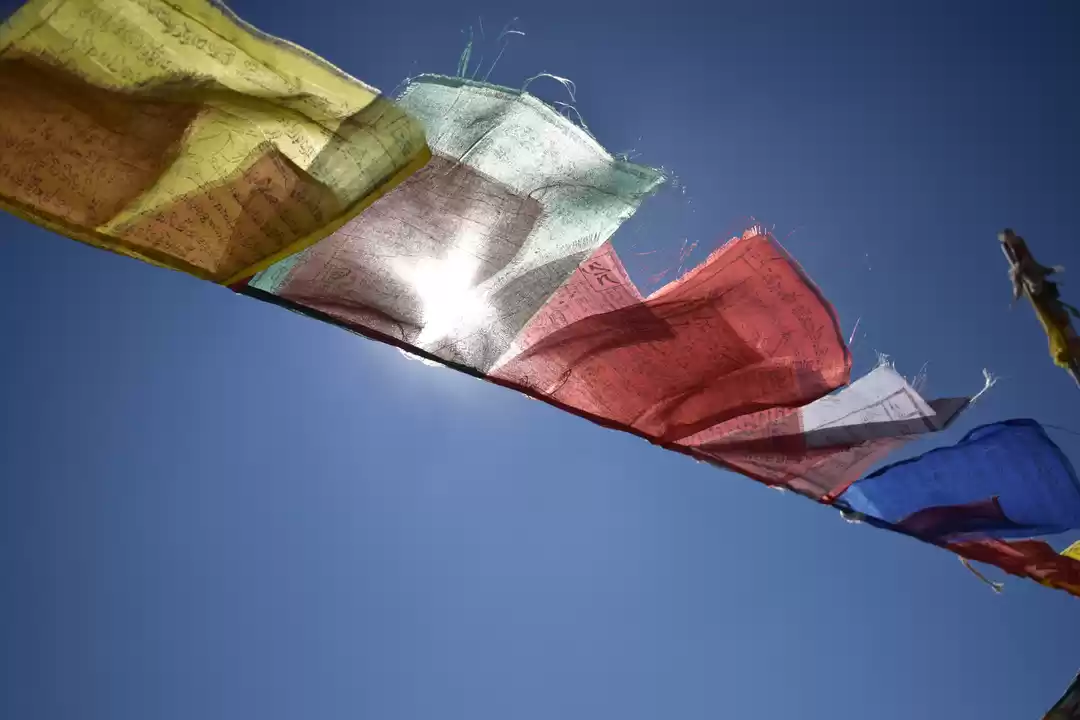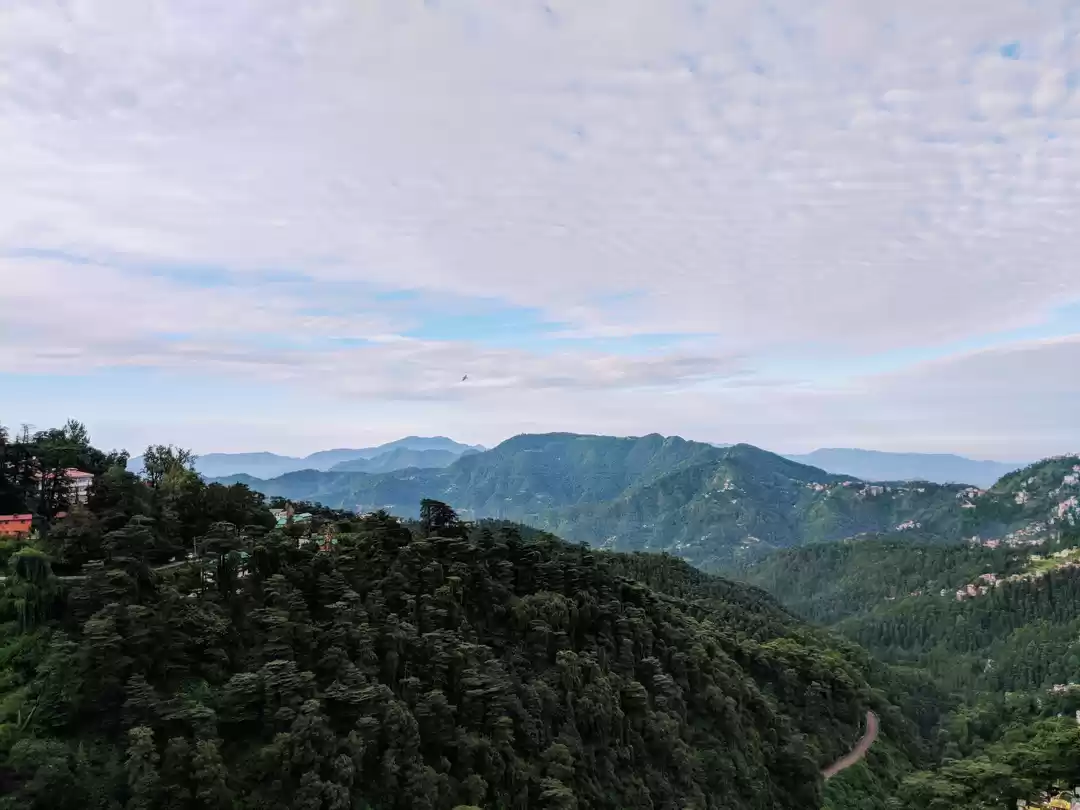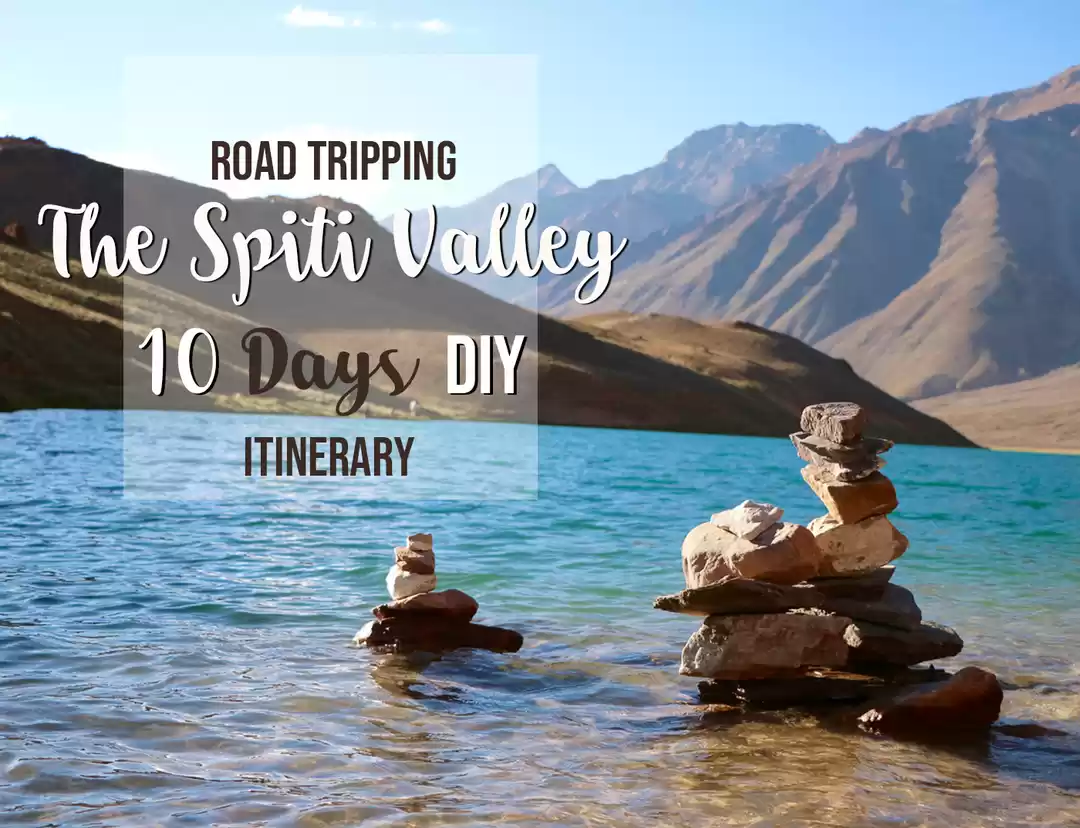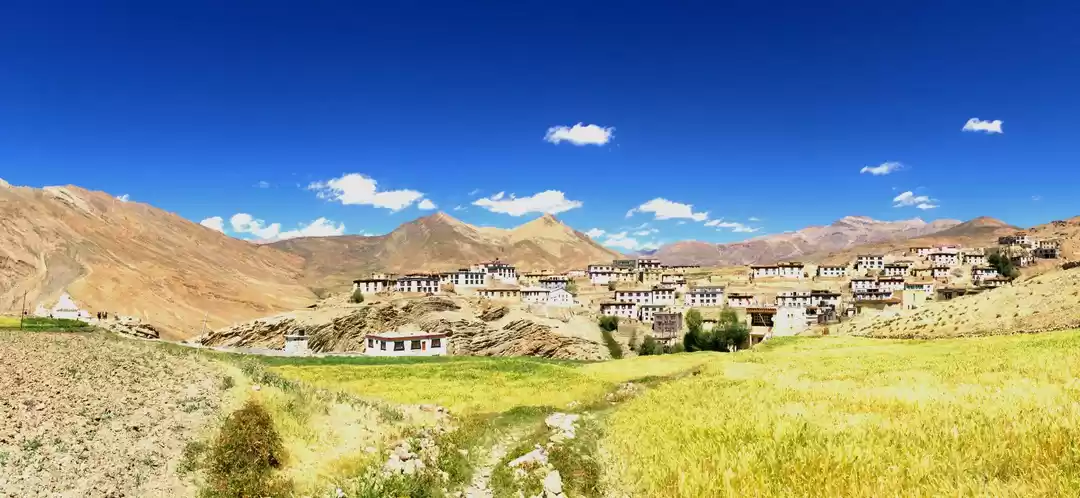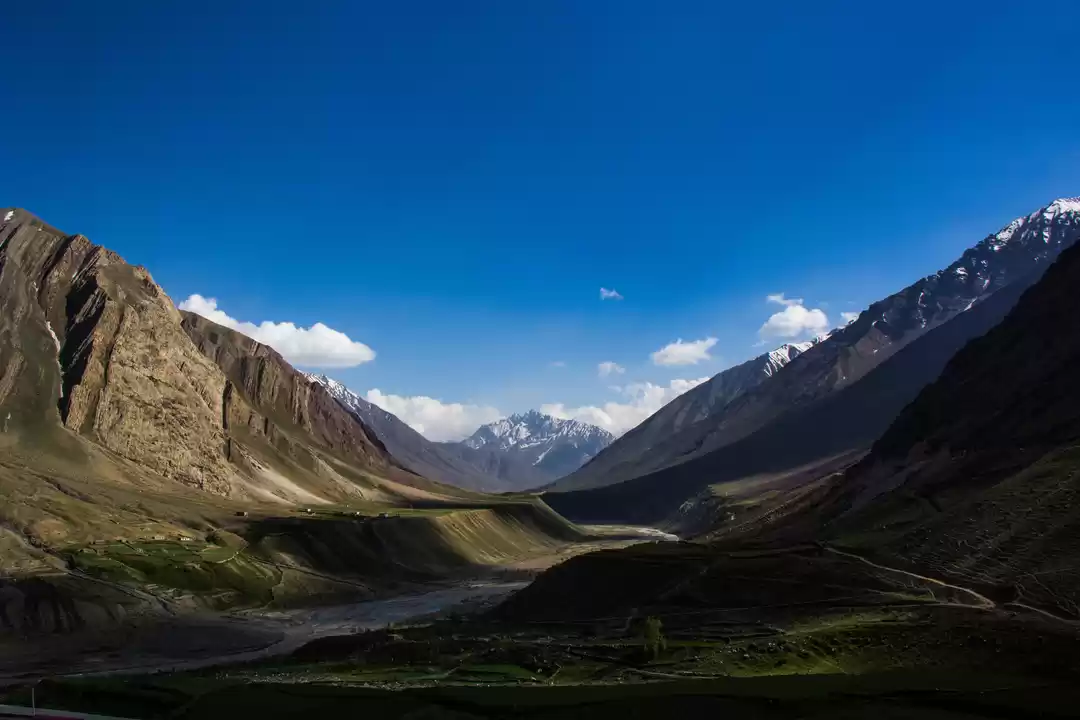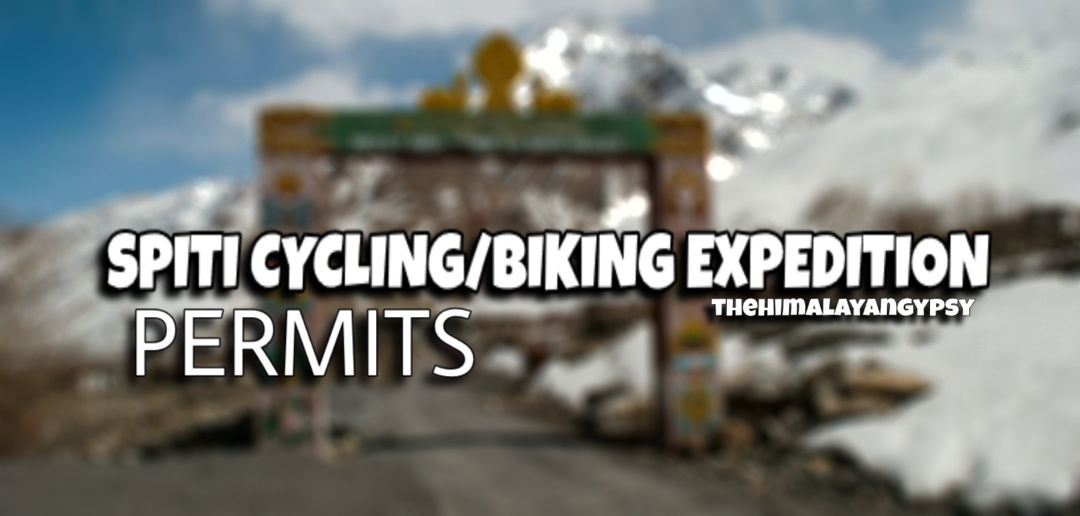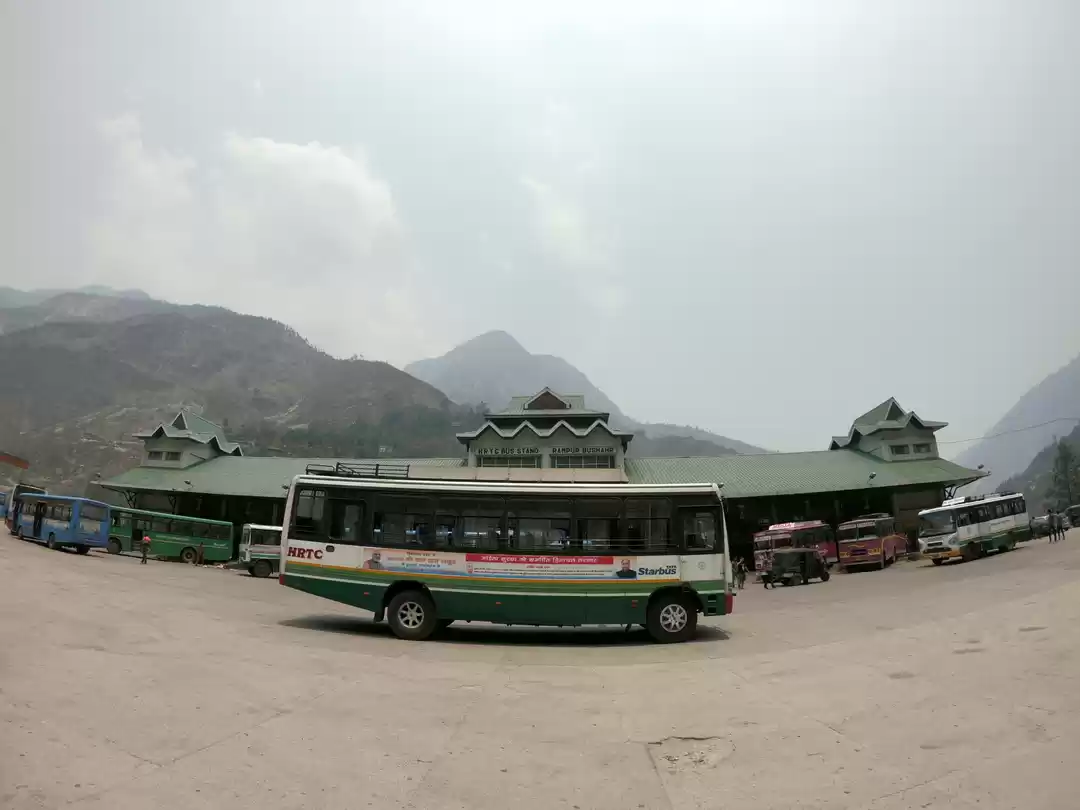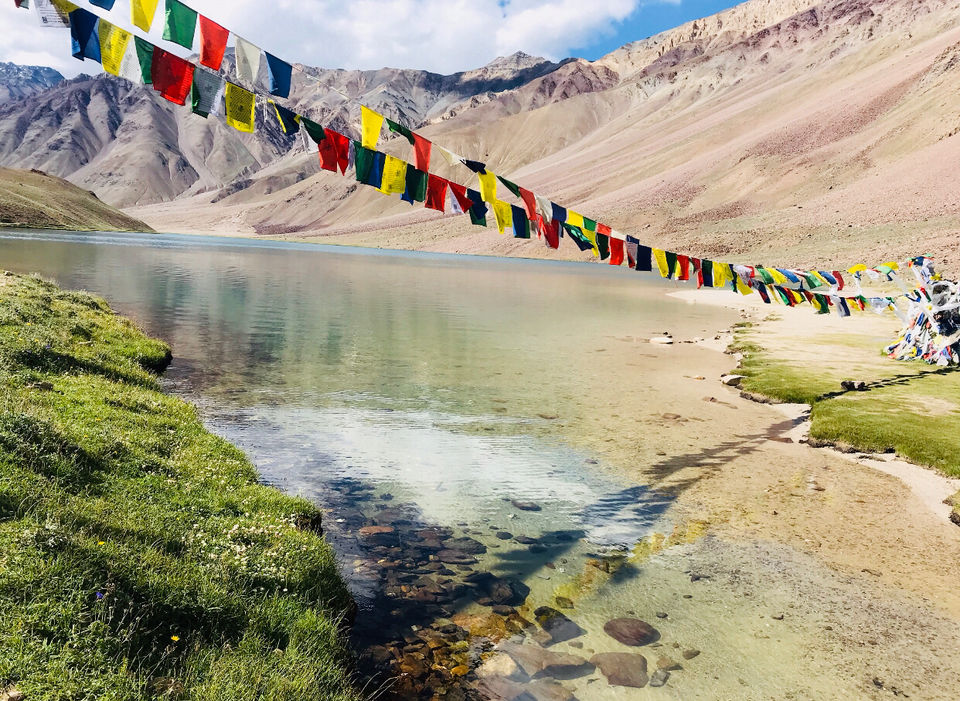
Ladakh's lesser-known neighbor, the cool mountain desert of Spiti, is for voyagers who set out to float from the visitor trails. Spiti's postcard towns remain remotely concealed in the lap of the strong, fruitless Himalayas of Himachal Pradesh, and it is here that you can climb along Snow Leopard and Himalayan Wolf living spaces, visit religious communities going back over a 1000 years, test an interesting society and cooking not quite the same as whatever is left of India, and meet the kindest of individuals who live the harshest of lives. This is a world inside a world, as Rudyard Kipling once portrayed it.
When you choose to make your voyage to Spiti, these are things you should know before you go:
1. CLIMATE IN SPITI AND WHEN TO GO
Spiti remains for all intents and purposes cut off from whatever is left of India for a half year of the year. Thick Himalayan snow hinders the mountain passes, making it practically unthinkable for street transport to go through, even on the Shimla-Kinnaur course. The late spring a long time from late May to late September are in this manner the best time to visit Spiti. As the climate heats up, the snow gradually softens and escapes to open up street travel to the valley.
With just 250 days of daylight in a year, winter in Spiti is an unforgiving undertaking. Temperatures by and large drop to - 30 degrees Celsius, and the absence of any cutting edge type of warming methods most families snuggle together in a solitary room in the house and keep warm around wood fire. To endure the cruel conditions, the Spitian individuals praise celebrations and most family issues (birthday events, weddings) in the winter months, stocking up on nourishment and neighborhood liquor; the winter months are aware of Spiti's interesting and reflective culture, however survivable just by extraordinary travelers!
2. HOW TO REACH SPITI
There are 2 street courses paving the way to the Trans-Himalayas of Spiti; one from Shimla by means of the Kinnaur valley, and the other from Manali. The previous takes at least 2 days, with a night's end in Kalpa or Reckong Peo, and however more, gives more opportunity to steadily adjust to the elevation. The last takes 12-14 hours, contingent upon street conditions.
3. WHAT TO PACK
As a chilly mountain desert, the climate in Spiti is practically befuddling! The sun's beams are sufficiently brutal to consume your skin, while shaded regions stay cool enough to wear a coat. It's ideal to pack garments in layers, and convey full-sleeve T-shirts, sun caps, sun glasses and some other sun assurance you can discover. Great strolling shoes are an unquestionable requirement.
4. GOING INDEPENDENTLY OR IN A GROUP
Regardless of whether you travel without anyone else's input or join a gathering trip is an individual choice. The towns of Spiti, however remote, are home to probably the kindest, friendliest individuals in India, and exceptionally inviting of solo voyagers. You do require a heart for experience however - from the tricky adventures on feeble state transports, to bumming a ride with outsiders, to going without an arrangement (most guesthouses or homestays can't be pre-booked on the web). On the other hand, you can go along with one of India Untravelled's gathering outings to Spiti, structured as a team with a neighborhood association with shifting degrees of experience, climbing, culture and touring, arranged to such an extent that your carbon impression in this naturally touchy district stays low.
5. GETTING PERMITS
Indian personality holders going to Spiti, from Shimla or Manali, don't expect licenses to enter Spiti. Remote personality holders entering Spiti by means of the Kinnaur course from Shimla require internal line grants, since this course takes you near the Tibetan outskirt. Grants can be acquired at Reckong Peo close Kalpa, and take upto a couple of hours to be issued.
6. CONNECTIVITY OR AVAILABILITY OF TRANSPORTS
Just BSNL Sim cards acquired in Himachal Pradesh work in Spiti, and that excessively just in Kaza (Spiti's authoritative capital) and a portion of the lower towns. There is a solitary digital bistro in Kaza, that draws on the military satellite to offer a web association whose speed helps you to remember the dial-up days!
7. ACCLIMATIZATION AND FITNESS
The high elevation of Spiti (3300-5000 meters) needs significant acclimatization for each explorer, regardless of whether it's your first time to such a height. It's ideal to influence your adventure to up gradually, either through Shimla, stopping most of the way in Kinnaur, or by spending the earlier night in Manali on the course by means of Rohtang Pass. Those with lung or heart conditions, or known breathing issues, are encouraged to counsel their specialist before traveling up to the valley.
8. HOMESTAYS IN SPITI
Some Spitian families, in the higher, increasingly remote towns, have opened up their homes and hearts to voyagers, with the assistance of Ecosphere, a social undertaking that takes a shot at the practical advancement of the district. Despite the fact that fundamental, Spitian homes are ample and extensive, with the compelling Himalayas in their overhang! The Spitian toilets are dry and de-treating the soil in nature; you need to squat over a gap in the ground, and toss feed through it once you're finished with your business. It breaks down normally and is utilized as compost.
9) MONEY MATTERS
You'll discover an ATM or two in Kaza, however their working is regularly flighty, so it's fitting to convey enough money from Manali/Shimla. There are no cash exchangers in Spiti.



















